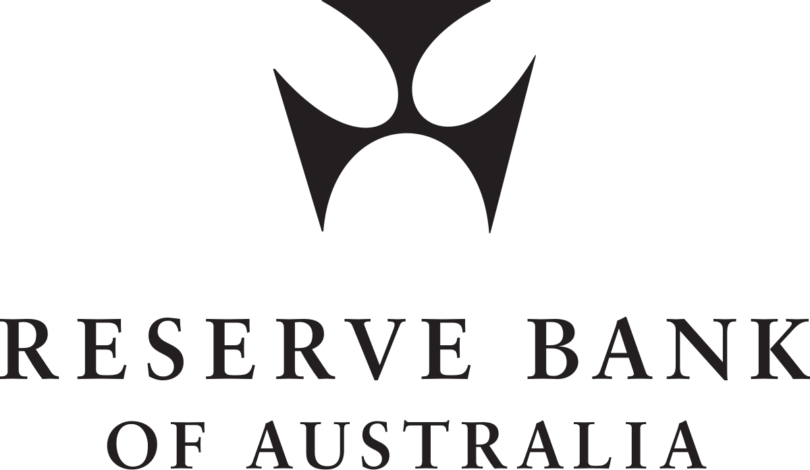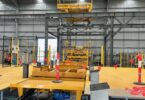The Rate Cut Dilemma: Can Australia Grow Without Breaking Its Economy?
18 May,2025
Written By Akshit Tyagi-MA Candidate at the ANU
The Reserve Bank of Australia is widely expected to cut interest rates by 0.25 percentage points in its next monetary policy meeting. On paper, it’s the right move, inflation is easing, wage growth is soft, and mortgage stress is at a six-year high. But in practice, this rate cut risks making Australia’s biggest economic headache even worse: the housing crisis.
For a country that just re-elected its Labor government in a decisive May 3 mandate, the rate cut could define whether Prime Minister Anthony Albanese delivers stability or fuels further inequality. Because when you zoom out, Australia’s economy is being pulled in several directions at once, booming population, weak productivity, rising asset prices, and a world economy that’s only half-healed from trade wars.
A Big Population, A Bigger Pressure
Australia is growing, fast. In March 2025, it hit a population milestone of 27 million, driven by the highest annual growth rate in decades of 2.4%. Most of that growth is concentrated in cities like Melbourne, Sydney and Perth. More =
A Global Truce, A Local Tightrope
At the same time, Australia is navigating a tricky global recovery. The recent tariff truce between the United States and China has helped ease fears of a full-blown trade war. That’s good news for Australia, which relies heavily on Chinese demand for iron ore, lithium and other exports. Financial markets have responded with cautious optimism, and commodity prices have ticked up.
China’s growth is stabilizing, not booming. US inflation is stubborn. Geopolitical tensions in the Indo-Pacific, particularly over Taiwan, continue to spook investors. So while the tariff pause may help, it’s unlikely to deliver a lasting economic surge. Australia must hedge its bets, it can’t rely on China or the US to pull it into prosperity.
Back home, the labor market tells a mixed story. Unemployment is low at 4.1%, but productivity has fallen, and job vacancies are starting to flatten. Wage growth is modest, just 0.9% last quarter, and the RBA has repeatedly warned that the economy may be operating below capacity. That’s partly why the rate cut is on the table. The central bank wants to jumpstart growth before the slowdown deepens.
But again, the side effects matter. A rate cut without housing reform may only benefit those who already own assets. It could widen the wealth gap, a politically risky outcome for a government that won re-election on a promise of “a fair go.”
After the Election, Real Delivery Begins
The May 3 federal election gave Labor the clearest mandate since its 2022 comeback. Voters chose a steady hand in Anthony Albanese over the tough rhetoric of opposition leader Peter Dutton. The message was clear: Australians want stability, not volatility.
Now, expectations are high. The Albanese government is investing in renewables, public infrastructure, and healthcare, all part of its plan for a “Future Made in Australia.” But these big-ticket items take time to materialise. Meanwhile, cost-of-living pressures remain immediate. Grocery prices are sticky. Rents are rising. Interest rates, even if they drop, are still higher than most people are used to.
The new government has also promised housing reform, but delivery is the hard part. Any meaningful change, whether it’s increasing social housing, fixing planning bottlenecks, or reforming tax incentives, will require state coordination and long-term political capital. With a rate cut looming, the urgency is even greater.
If property prices rise again post-cut, and housing becomes even more unaffordable, the political cost could be sharp. Albanese may have won the election, but unless voters feel it in their everyday lives, goodwill can quickly evaporate.
Will a rate cut solve the economic conundrums?
Cutting interest rates now makes short-term sense. Inflation is under control, wages are sluggish, and households are hurting. But it’s not a silver bullet. If the RBA cuts without the government moving swiftly on housing supply and affordability, the result could be a more divided economy, one where those with property thrive, and those without fall further behind.
Australia doesn’t just face an interest rate decision. It faces a deeper question: can we grow in a way that’s fair, sustainable, and future-proof? The next few months will tell us if the answer is yes, or if we’ve just delayed the reckoning.
About Akshit Tyagi is a Master of International Relations student at ANU, Canberra.He has worked full-time as a business and financial journalist in India for Republic TV, and have worked part-time for other esteemed news media organisations, particularly as a foreign affairs intern at India Today, India’s leading English news media company. He has also written for The Canberra Times, Independent Australia and The Australia Today.







